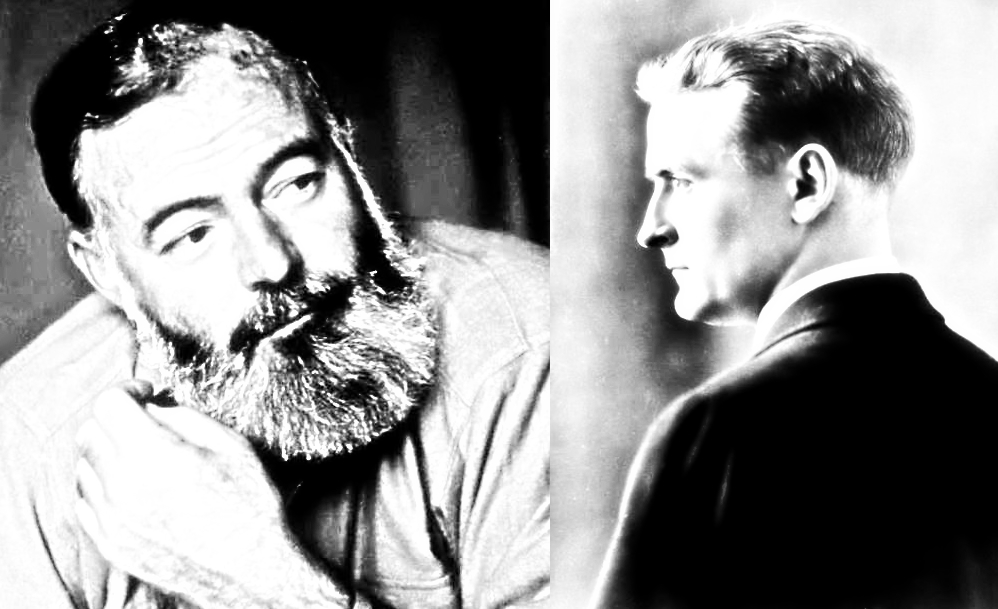I, for the life of me, have always struggled with the difference between a homonym, homophone, and a homograph, and I don’t know how much research I’ve conducted to just not commit it to memory (definitely too much). But, hopefully, I can remedy that with today’s post. Anyway, let’s look at the similarities and differences between homonyms, homophones, and homographs (and don’t forget to check out the conclusion where I try to provide a visualization for the differences in case you struggle with this concept like I do!).
What’s a homonym?
A homonym is a blanket statement that describes both homophones and homographs, which might be the reason it has caused my eyes to cross on more than a few occasions.
As defined, homonyms are “words that are spelled or pronounced alike but have different meanings,” (Dictionary.com), thus the blanket meaning I was talking about. By learning this first, hopefully that has already cleared up some confusion.
What is a homophone?
Homophones sound alike but have different spellings. For example: to, too, two. But, to be more academically minded: “A homophone is one of two or more words that are pronounced the same but differ in their meaning, origin, or spelling,” (writingexplained.org).
Other examples include:
- Night – Knight
- Not – Knot
- New – Knew
What’s a homograph?
Homographs are spelled alike. “Graph,” in this instance, means “drawn or written,” so we know these words are written the same (Dictionary.com). Let’s just focus on that for a moment.
To Lead someone is to direct someone or to show them the way. Lead, meanwhile, is just a heavy piece of metal. Lead is spelled the same in both instances but have different meanings. Thus, they are spelled alike but they sound different.
Other examples include:
- Bow (as in bend before somebody) and Bow (as in an archer’s bow)
- Bass (as in the fish) and Bass (as in the instrument)
- Present (as in right now) and Present (as in a gift for someone)
Conclusion
I try to look at it visually and this is the way it works in my brain:
I have a mommy and daddy sleeping under a blanket (no funny business). The blanket is the homonym and covers the mommy and the daddy. The mommy is the homophone because “homophone” sounds nice (homophone = words with the same sound but are spelled alike), and the homograph is the daddy because he sounds gruff around the edges (homograph = words that are spelled alike).
Works Cited
https://www.dictionary.com/e/homograph-vs-homophone-vs-homonym/
writingexplained.org







